Following the incredible run of Akudama Drive, we reached out to the original creator Kazutaka Kodaka for an interview. We asked about the motivation behind the anime, about some details fans are curious about, the chance for a sequel, and much more! Besides Kodaka-san himself, we have to thank both Studio Pierrot and TooKyo Games for their incredibly supportive reaction. They replied to our inquiries pretty much immediately, and Pierrot even adapted our raw questions into a conversation to make it flow better! The interview was conducted in late January, but we had internal delays due to the currently ongoing pandemic. With that said, please enjoy the full interview with the original creator of Akudama Drive below:
(Interviewer, referred to as “A” throughout the interview): Okay, Excuse me. I’d like to begin.
(Creator of Akudama Drive, Kazutaka Kodaka, referred to as “B” throughout the interview): Yes.
A: Please introduce yourself. Then I’d appreciate it if you could explain your role in Akudama Drive. What inspired you to create it?
Okay. I’m Kazutaka Kodaka of TooKyo Games. I’m in charge of Akudama Drive’s original story. Well, the producer of this work, Tominaga, was a classmate of mine in college. He said ‘let’s make an original work together’, and well, it was at the time while I was working on the Danganronpa stage play. He came to see it, and we started talking about the concept there. So, at first I showed the original plot, or story, [to Tominaga] for the first time, and we both agreed that it was good enough. We immediately agreed on what we both thought was interesting, and that was that.
A: Akudama Drive has been very well received by fans around the world. On the website that requested this interview, Anime Corner, it won the title of the best anime of Fall 2020. What do you think is the reason for its success?
B: Let’s see. Well, it’s not that we were always conscious of the overseas market, or that we were trying to create something for the foreign audience. After all, we’re Japanese and we only know the Japanese market. I wondered what kind of things would be popular abroad. When I was making Danganronpa, I had a sense of what is popular abroad, and I could kind of feel it firsthand that this kind of thing would be popular, so I knew the essence of it. From the beginning of the project, I had some ideas about how it could be more popular abroad by adding some things. Also, the company that made it, Pierrot, has previously worked with titles that are popular all over the world, such as Tokyo Ghoul and Bleach, so there has been a lot of groundwork prior to that.
A: Thank you very much.
A: You’re involved in Akudama Drive as the original creator, but to what extent were you involved in the production process?
B: Well, most of the anime I’m involved with is like that. Basically, it’s like having a scenario meeting. At that point, I’ll tell the director what I’m thinking, or what I want to do, or what I think would be good, and leave the rest to him. After all, if there are many leaders, it’s the same for game making, things will go back and forth, so I leave it to the director. I think that the animation belongs to the director, so I have to trust him and leave it up to him.
A: Then, after leaving it to the production process, you don’t have many opportunities to talk with the director.
B: Yes. We did not actively seek out each other to meet and talk. But when we met at some point, we would talk about how things were going.
A: Were you able to give a lot of advice on what to do?
B: I don’t think I gave a lot of advice. Well, nonetheless, I had said most of what I thought at the scenario meeting. The meeting had been going on for around 1 to 2 years, which is a long time. There had been quite a lot of back and forth so I left the rest to the director. However, [Rui] Komatsuzaki, who was in charge of character design and coloring, was very particular about certain things. So, we had a lot of back and forth about how we wanted the silhouettes or colors to be. We had a lot of communication.
A: This may be related to what you said earlier, but about the 12 episodes of Akudama Drive. Was the number of episodes already decided when you were making the original plan?
B: That’s right. It was already decided that it would be a 1-cour series, so it was set to have 12 episodes.
A: About the 12 episodes..
B: Yes.
A: When you were writing the scenario, or coming up with the original plan, were there any parts that you were careful about?
B: Let’s see. The second part of the story was written quite loosely. Rather, I thought it would be better to think about that at the scenario meeting or when the director came in. So, the first thing I did was come up with the draft scenes, or rather, I paid most attention to writing the opening, or the beginning of the story, and how the characters would be introduced. That’s why, the first episode of the anime is pretty close to the original idea and the finished product.
A: The characters in Akudama Drive. Courier, Swindler, you know, the code names… Is there a reason why you didn’t reveal their real names in the story?
B: Well, you know, when I’m writing a scenario or thinking about the plot, basically, I don’t name the characters out of the blue. I make their names easier to remember, like a cool character or like, an honorable character. My plots are written with nicknames, and in the case of Akudama Drive, the nicknames used are Courier, Ordinary Person, Cutthroat and so on. I was writing the plot with the nicknames or occupational positions and it just continued.
There was no sign of names, and then everyone got used to it and it was obvious that it did not matter if we had a name (laughs). So we decided to just go along with it. To begin with, I imagined that the setting, Kansai, would be a place of many nationalities, and not everyone would necessarily be Japanese. The movie “Reservoir Dogs” which was used as a reference for Akudama Drive, also had a lot of code names related to color, like “orange” or “brown”, but their actual names never came up. So when it came to Akudama Drive, I decided it was better not to include their names and I went with the code names.
A: Thank you very much. Were there any other characters with nicknames like this that you had in mind when you were drafting the project, like characters that are not Courier or Brawler and so on?
B: Yes. Well, I was also thinking about a MAD Scientist, but you know, Doctor in the final product is very much like that… I also thought of something like a Guru, but we decided that it would be easier to make a story with this group for the drama. That’s how we ended up with the current members.
A: Thank you very much.
A: The seven main characters, and the Executioners.. Out of those characters, was there anyone that you became attached to, or that you would have liked to survive until the end?
B: Well, I do feel attached to all of them when I see them. But I don’t think that’s the reason why I wanted them to survive (laughs). Well, it’s been the case since Danganronpa, but I don’t think death ruins a character. I think that if a character fulfills their role in the story, it doesn’t matter whether they live or die because they’ve already been established as proper characters. In that sense, not many characters in Akudama Drive die in vain, or rather, they die when it’s needed in the story or they died with the necessary characterization. There is a way of life for them, including their manner of death. So yes, I have become attached to them, but I don’t wish they lived (laughs).
A: Then, well, that’s a good thing I guess.
B: Well, in a sense, it turns out that almost all of the Akudama died. And when we were making the original script, we already had come to a pretty solid agreement on the outcome of the story. But I thought that on top of being “bad guys”, they also had to die (laughs). So I used that as a reference, and that’s what happened to Leon [in the movie Leon: The Professional]. No matter how much they change their minds, what they’ve done is what they’ve done (laughs). Their philosophy wasn’t necessarily to try and survive there. I knew from the beginning that the ending would be like this, so I have no regrets. Yes.
A: Thank you very much.
A: Each of the Akudama had a big prison sentence. It reflects the severity of the crimes they committed. I’m not sure if it was given, but at the end of the anime.. Swindler.. How many years would she get?
B: Oh, (laughs).
A: Did you think about that, Kodaka-san?
B: Well, I think that the length of prison sentences is a powerful influence in that society. And that is shown first with Cutthroat, when he was about to receive a public execution in front of everyone. So with a societal punishment mindset, after Swindler had done so much, and threw society into chaos, I think she might have gotten over 1000 years (laughs). Plus, she might have been sentenced to a public execution.
A: Thank you very much. By the way, you know, public executions have a pretty big impact. I got the feeling that it was a story that started out as a public execution, right from the drafting stage.
B: Yes, that’s correct. It was already decided that Cutthroat would be publicly executed and the other Akudama would rescue him.. In the very first draft that was only seen by Tominaga, it was something like an Ocean’s Eleven situation, where they receive a request and attack the train together. But at first, when we wanted to go deeper into the story, we started talking about making the beginning “pop”. So we added that scene where they attack the police station, where it would have a climatic effect on the narrative.
A: Thank you very much.
A: As for the character design, I think Mr. Komatsuzaki did the original draft and concept design. But did you have any requests regarding that?
B: : Well, Komatsuzaki and I have been working together for quite a long time, so we are quite flexible with each other. Or rather, we have a relationship that wouldn’t work in normal situations. For example, usually, once the screenplay and the draft are somewhat completed, we would normally start to look for material regarding character design and the backbone of the series. Then I would have to ask him to start putting in all together. But for Komatsuzaki and I, we don’t have to read the draft, and I can just ask him: “Draw the Courier like this.” (laughs) or something random like that. Then, if Komatsuzaki comes up with new ideas, we have to revisit the draft to incorporate them into the story. Sometimes it just happens that way where we have many back and forths and we keep tweaking things.
A: Thank you very much.
A: The next question is, well, in episode 12, Brother and Sister escaped to the Shikoku region. Many foreign fans thought that this was a symbol of the freedom they gained in the end after sacrificing . However, if we leave aside the form of expression, what kind of place did they go to? Do you have a setting for the place where they went?
B: Well, the future, heading towards the future (laughs). Well… it’s not necessarily a paradise, and it’s probably a place that has a lot of hardships. But I think they’re heading towards a future where they can be free. The movie “Leon”, which I used as a reference, similarly made me wonder how Natalie Portman would survive on her own. I thought it would be good if the story could be conveyed in such a way that you could feel a sense of hope for the future.
Hmm.. Well, if I were to write a proper full story, or fully explain it, it would have to be a spin off (laughs). And I would have to seriously think about the after-story or I wouldn’t be able to do it properly. And you know, in Akudama Drive, not only are the futures of the girls and boys not depicted, but their pasts are also omitted completely, so it’s left to the viewer’s imagination. I think there’s a lot of room for developing that part of the story, whether in more drama CDs or something like that.
A: So it could be a spin-off or something.
B: Yes, yes.
A: So, the next season..
B: Well, I don’t know whether another season would become as big (laughs). Well, and that’s also true for Danganronpa. But in the case of games, you can create episodes that delve deeper into certain characters aside from the main story. However, compared to games, that’s really hard to pull off in anime. In that sense, if I were to compare it to a game, there are some things I wish we could have done better. Still, I wish I could tell more about the backbone of these guys [characters in Akudama].
A: Thank you very much. You know, the fans are expecting something like that.
B: (Laughs)
A: I think so (laughs), but if there is anything, please let us know.
B: Yes.
A: We’d love to hear about something like that.
A: Now for the next question. She’s the Swindler, but she started out as Ordinary Person. At the end, she’s a real Swindler who cheated society and the whole world. Were there any things or characters that inspired the concept of her character?
B: When I first came up with Akudama Drive, the character that differed the most from the actual Akudama Drive was Ordinary Person. So when I first thought about the plot, I had prepared a lot of gimmicks for her, and she wasn’t as straightforward of a character as she is in the final version. Amongst that, I wanted to include an ordinary person that would be mixed into the line-up of all the other Akudama. In that sense, I wanted to create a character that would be like a matchstick, or a character that fans could use as a reference point to see the abnormality of the other Akudama. I imagined a very ordinary character that would have different gimmicks later on.
But half way through, I had various discussions with the director. And when he was fixing the composition of the series, he wanted to go with an Ordinary Person that was the protagonist, but also had the perspective of a normal person. And the director led us through a path were Ordinary Person would have to interact and even fight against a lot of different philosophies.
If that’s what the director wanted to do, I thought that it would be interesting, so we decided to go that way. That’s why I think that the character of Ordinary Person of the current Akudama Drive was created by the director.
A: So about the original Ordinary Person you had in mind.. What changed the most in the anime version?
B: Well, I didn’t really get to use that story so I’m thinking of reusing it again somewhere else. And I don’t really like saying this but it was such a waste. But how should I say it… When I was thinking of Ordinary Person, instead of having her stand under the spotlight, I wanted to make the viewers feel surprised. I had it so that more mystery and suspense would be developed into her character.
That’s why it wasn’t a character that you would have been able to empathize with. Instead, her nature would have been to surprise you.
A: Thank you very much.
A: The next question is about Courier’s line “Fallen money is bad luck”. And his policy.. If you found a 500 yen coin on the ground, would you pick it up?
B: Of course, I’d pick it up (laughs). If it’s 500 yen I’d pick it up. I wonder if I’d also pick up 100 yen.. (laughs). I don’t really think about whether I’m lucky or not. I just think in terms of whether I failed or succeeded, so I am not concerned with luck at all.
A: With that said, do you do anything that you think brings good luck?
B: No, not at all. I don’t even have any routines like that. I never think to myself: “I’m really unlucky today!”, or anything like that. When I miss the train, I think it’s more because I made a mistake or a wrong choice. Maybe it’s because I have a gamers brain (laughs). Games with strong elements of luck are said to be bad, so I don’t really play games with luck elements, but when I do play, I’ve come to think of them as my own mistakes rather than luck.
A: I can relate to that.
B: (laughs)
A: The next question. Swindler, and Brother and Sister.. The three have some physical similarities, so if there is a connection.. A lot of fans think so..
B: The eyes right?
A: The eyes..
B: Well, you can also say that the Cutthroat also has the same color as Ordinary Person. The colors are something that Komatsuzaki is very particular about, and so… How should I say… In anime, hair and eye color are often quite distinct amongst all the different characters. They also purposefully choose very striking colors so you can distinguish them in one glance.
Komatsuzaki doesn’t really like that kind of thing. He thinks that it’s okay to have similar colors in the same work, and that that’s also true for our real human society. That’s his way of thinking. If the eye color is appropriate for the character, then that’s okay. And he doesn’t purposefully try to make every eye color distinct. But that’s why the colors ended up overlapping. In a way, he overlapped them purposefully. So with that said, it’s not that they are related or anything.
A: Thank you very much.
A: I’d like to move on to the next question. One of your past works is the Danganronpa series. Was there anything from the Danganropa series that you used as a reference when writing the original draft of Akudama Drive?
B: I see. It’s the character after all. Well for starters, I think the characters are a big part of it. Especially in anime, it’s more enjoyable if you instantly know what kind of person has just appeared. And it was the same in the case of Danganronpa, which is a game. We made it so the user would be able to instantly recognize what kind of character it was the moment it appeared on screen. This was especially important in Danganronpa because there were 15 characters, so we had to design it in a way that you could easily distinguish them. And in the case of Akudama Drive, we also wanted to create the same effect where you would instantly recognize them.
In that sense, that’s one of the main aspects I borrowed from the game. And I mean, even in the anime production side, there may have been some of the Pierrot staff that were familiar with or had seen Danganronpa (laughs). Also, the director hadn’t watched it but he somehow knew my style, how I wanted to make the anime and even how I liked the drawing. And that may also have been thanks to Danganronpa.
In a way, it also became our compass. When we felt like we were lost, it helped us find our path and served as our guiding light. In Akudama Drive, the cut scenes with the falling buildings that make the transitions between each location, are very similar to the ones in Danganronpa. And we actually made those kinds of scenes in Danganronpa, but the director didn’t know about any of those things. Even in the scenes where the characters first appear, we used some still images, just like in Danganronpa. And the director didn’t know about that either (laughs).
Then there’s the ending, where the children disappear into the light, that’s the same as the Danganronpa’s ending. When I first made the draft of Akudama Drive, it had a certain kind of “feel” that was very similar to Danganronpa, and I knew everyone would think about that and go in that direction. And that’s not a bad thing, because with an original and brand new kind of work you don’t really know where to go. But if the work has a familiar kind of “smell”, you can attract more people to it. So I think that’s very important when you’re trying to establish the direction of a series. In a sense, I think we could achieve that because Danganronpa was also there.
A: Thank you very much. Danganronpa is… well… a game. And Akudama Drive is an anime, but…
B: Yes.
A: When writing the story, was there a difference between making a game and an anime?
B: Yes. After all, Danganronpa was made into an anime. And after that, I did an original Danganronpa anime. But from my experience at that time, I knew that it was a completely different kind of work, and the scale of it would be very different. There is some extent to the numbers of cuts you can make in an anime, however for Akudama Drive, it was more lenient than the other animations. In the case of a game, the user’s time and the time of the scenario do not match. If the user detours, it will take that much time, and the user may stop somewhere for a while.
But in the case of animation, 5 minutes in the scenario are the 5 minutes the user actually feels in the anime, so I think it’s completely different in terms of synchronization. And in those 5 minutes, you have to make a certain development fit, so it’s a completely different kind of syntax. I have a lot of experience in that area from Danganronpa. And even this time, I learned a lot with Akudama Drive by watching the reactions of the audience.
A: Thank you very much.
A: This is the next question, but, Akudama Drive has been viewed by fans all over the world through official streaming sites such as Funimation, bilibili and other online streaming services. In that way, fans have been indirectly supporting Akudama Drive. Besides those, do you have any other ideas how fans from all over the world can help?
B: I see. Yes. Well, I think it is still a niche work, and I don’t think anyone knows about it as much about it as about Attack on Titan (laughs), so I don’t think it’s that well known. In that sense, I’d like people to talk about it by any means possible. For example, if people say on social media that it’s interesting, or, well, it may be a little strange for the official side to say this, but if you draw a picture of a derivative work and have it posted on Twitter or whatever you can to get the word out, then the people who are interested will want to see it again. It works the same way for cosplays, and I’d like it to become a hot topic of discussion.
Danganronpa wasn’t really a sudden hit either, but it gradually became known thanks to the word of mouth and support from the fans. In that sense, Akudama Drive is similar or close to that, and I hope that the fans will raise their voices and spread the word.
A: Thank you very much. I think it’s a good thing for fans to talk about it in different social media sites, and then maybe we see some movement from the official side so that everyone can get excited. It would be easier for fans to talk more about it if there was some development, so if there is anything that can be disclosed here, please let me know.
B: No, I don’t know anything… (laughs) I don’t know anything… I guess so. Let’s see. Well, we’re making progress on the manga, which is available in English. In the manga version, we’ve explored more of the story, we picked up a lot of things that weren’t depicted in the anime, so if I were to talk about the story alone, I’d say that it’s become a more fascinating Akudama Drive. I hope you can see that. Also, as I said this before, but there’s also the past of the characters. It could be portrayed in some way, maybe in a novel, or even in a manga. I think that if we can draw something like that, then people will like Akudama Drive even more. I’d love to do something like that.
A: Thank you very much.
A: This will be the final question. Last, but not least, I would like to ask you to send a message to your overseas fans.
B: Yes. Alright. Well, first, thank you very much for watching Akudama Drive until the end. In fact, even myself, when I saw the final version, I felt like I was being shown something amazing. The fact that people around the world also feel this way makes me think that all the hard work that everyone put in, especially the animation staff, was worth it. And, well, it’s challenging to make an original work, and there are a lot of difficulties, particularly in terms of advertising. In the midst of all this, if an original work becomes even a small hit, it can lead to more original works in the future. I’m hoping to get as much support for Akudama Drive as possible and be part of the groundwork for more originals to be created. From here on, please continue to support Akudama Drive. Please continue to support us.
A: Thank you very much. Well, that’s it for our interview.
Once again, huge thanks to Kazutaka Kodaka, TooKyo Games, and Studio Pierrot. We really appreciate the way they responded and apologize again for delaying it from our side. Of course, we enjoyed reading the answers and would love to see Akudama Drive return as a spin-off for one of the characters or anything within its world!
NOTE: All images used with permission from Studio Pierrot.
You can watch Akudama Drive on Funimation. It has 12 episodes, and they describe the story:
Many years ago, a Great Civil War ravaged Japan, leaving the country fragmented between two regions: Kansai and Kanto. In Kansai, a group of six Akudama carry out missions given to them by a mysterious black cat, while evading the police. But a dangerous journey is about to unfold when a civilian girl becomes twisted into the Akudama’s way of life and witnesses their criminal drives.
The show ranked as the number 1 on Anime Corner’s Fall 2020 poll. It was also the highest ranked original anime on our Anime of the Year poll of 2020!
Official Akudama Drive Website: https://akudama-drive.com
Official Akudama Drive Twitter: https://twitter.com/akudamadrive
Image Credits: © Pierrot / TooKyo Games / Akudama Drive Production Committee

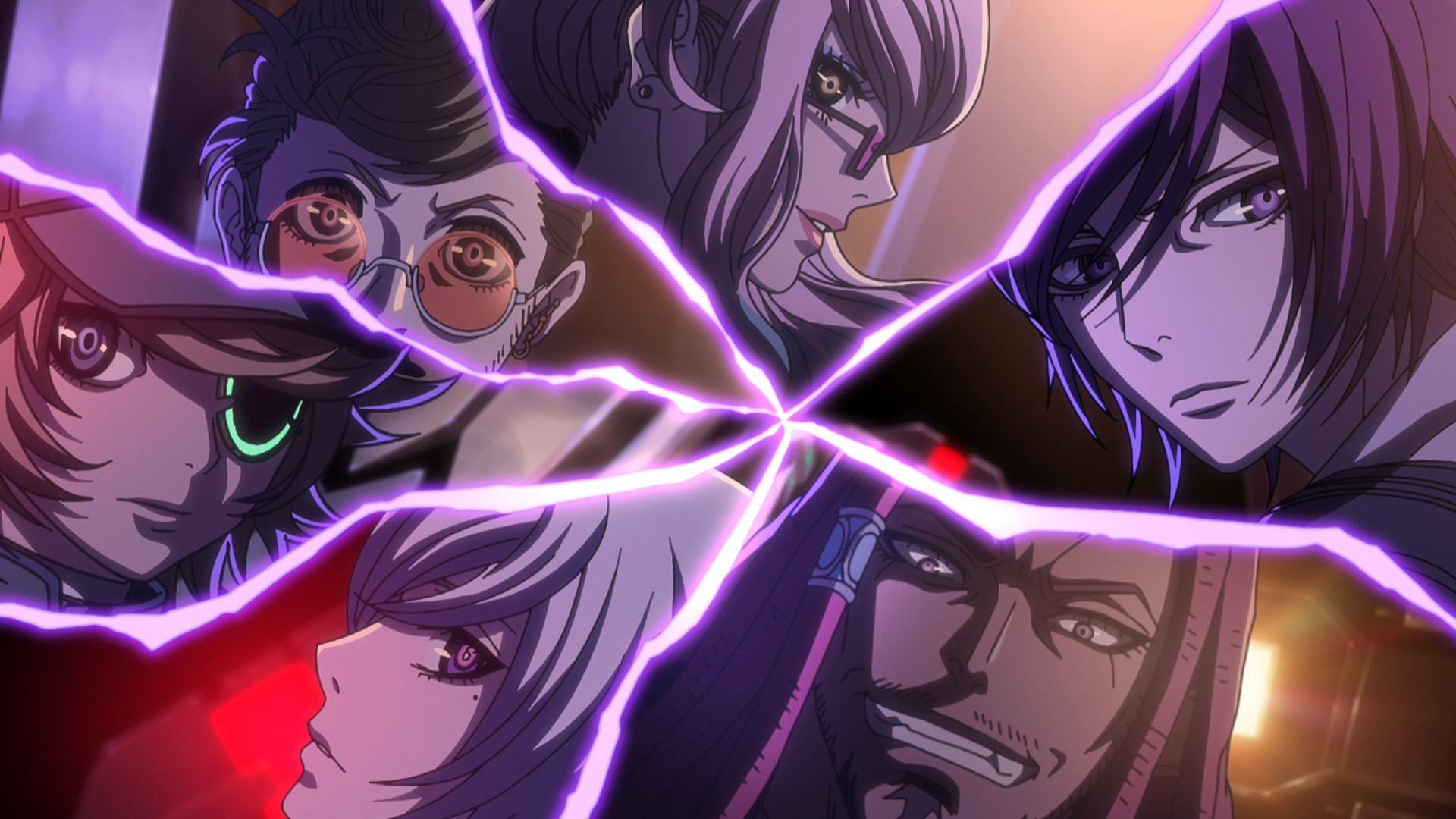
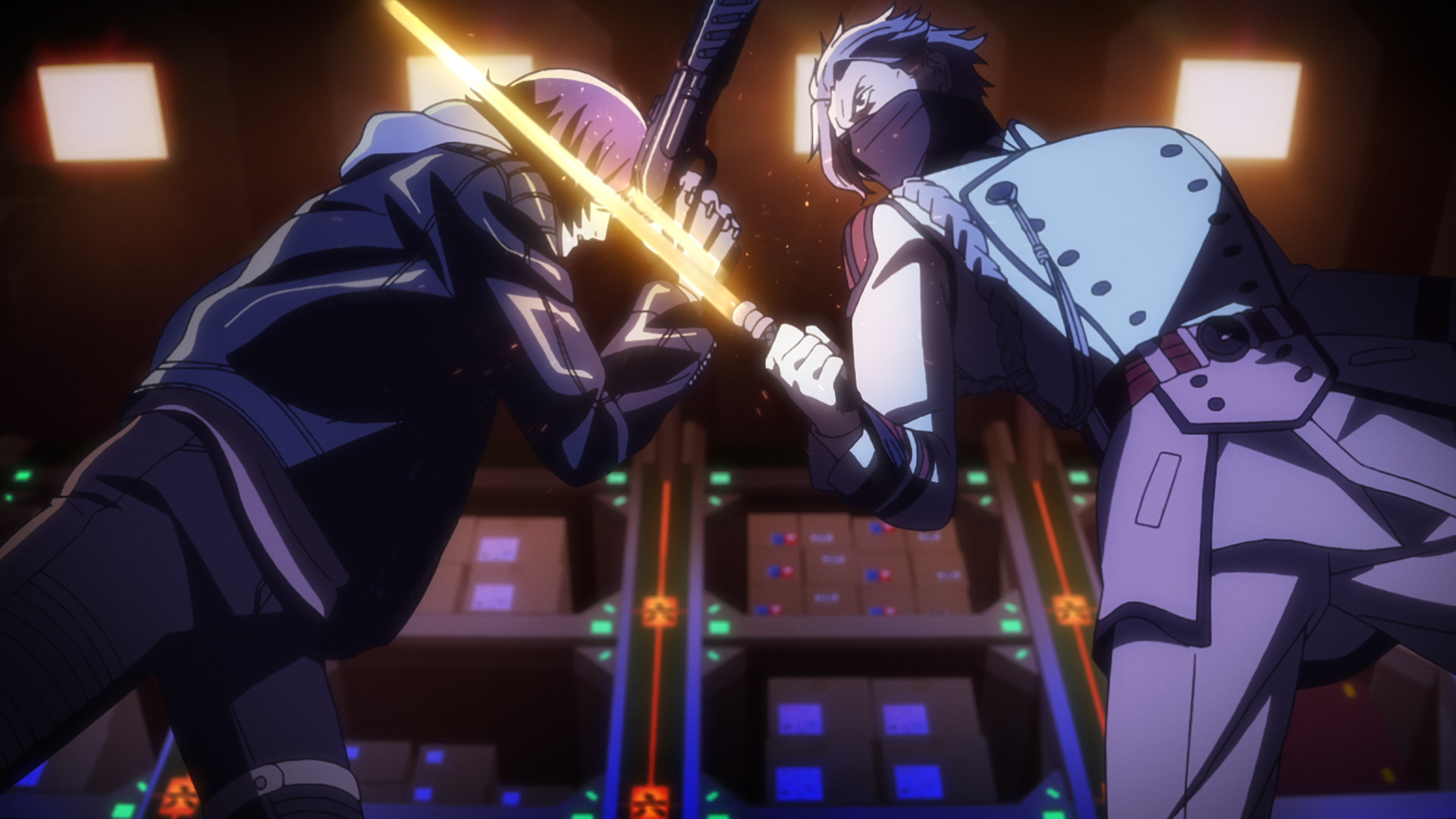
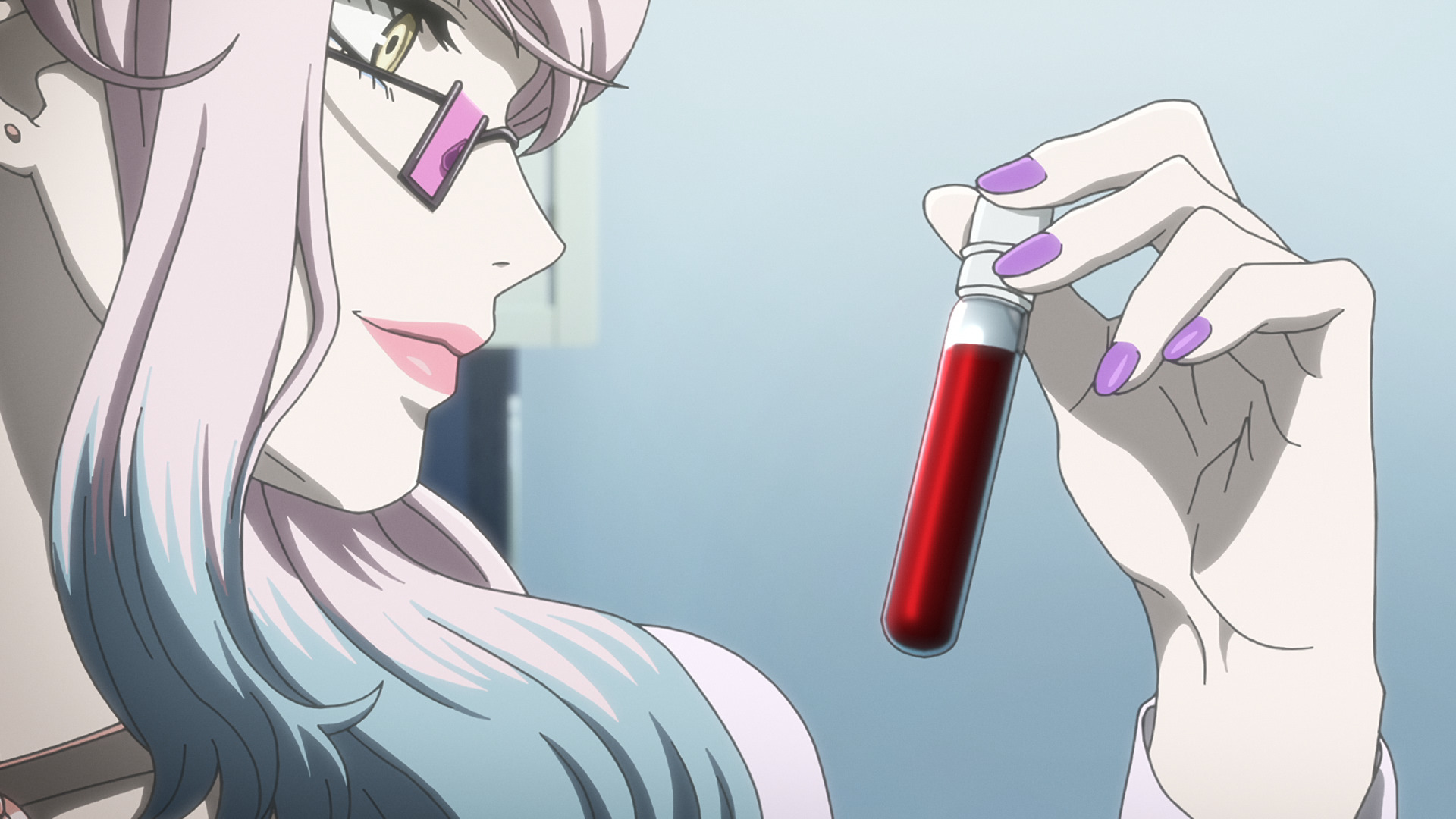
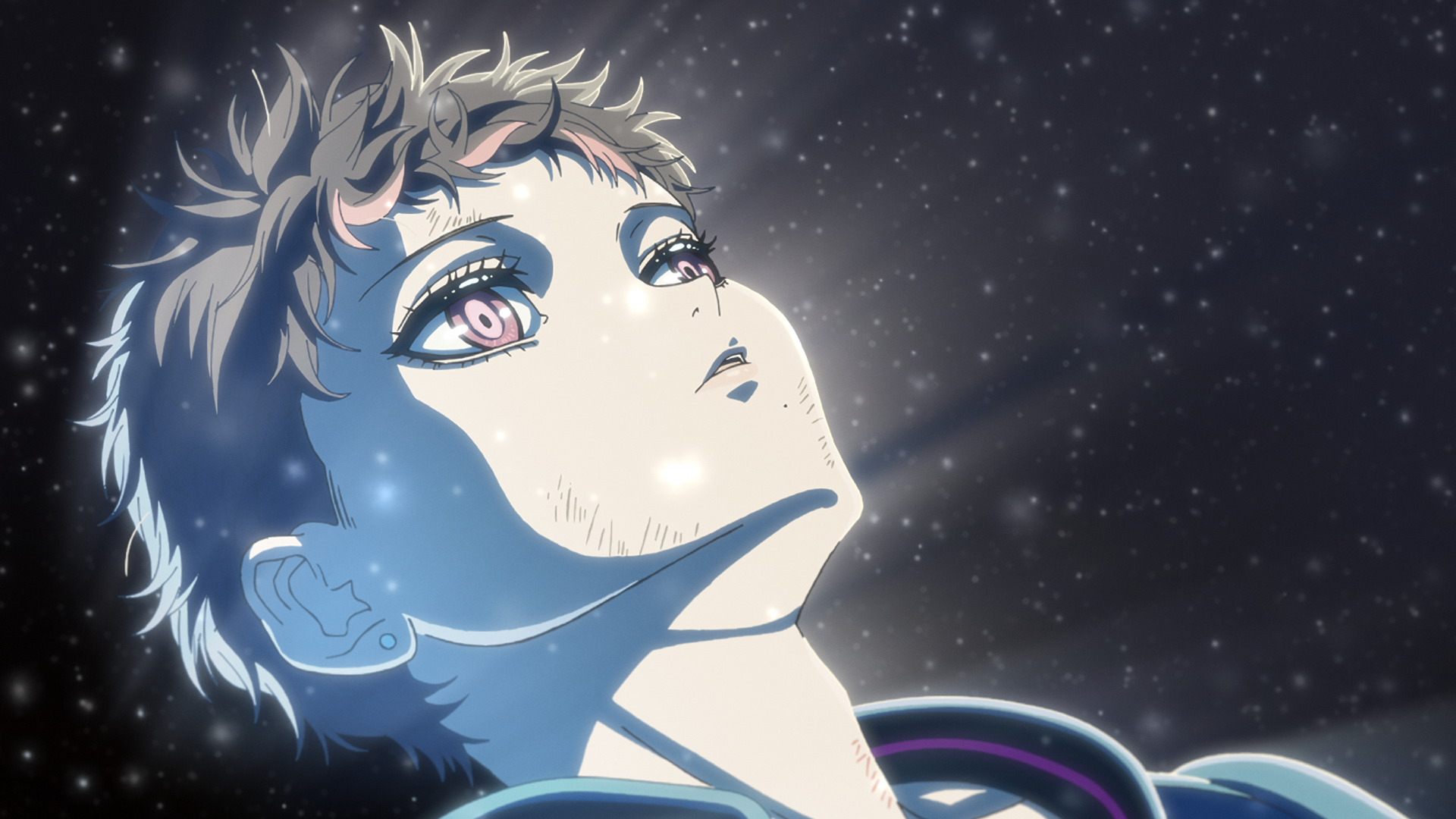
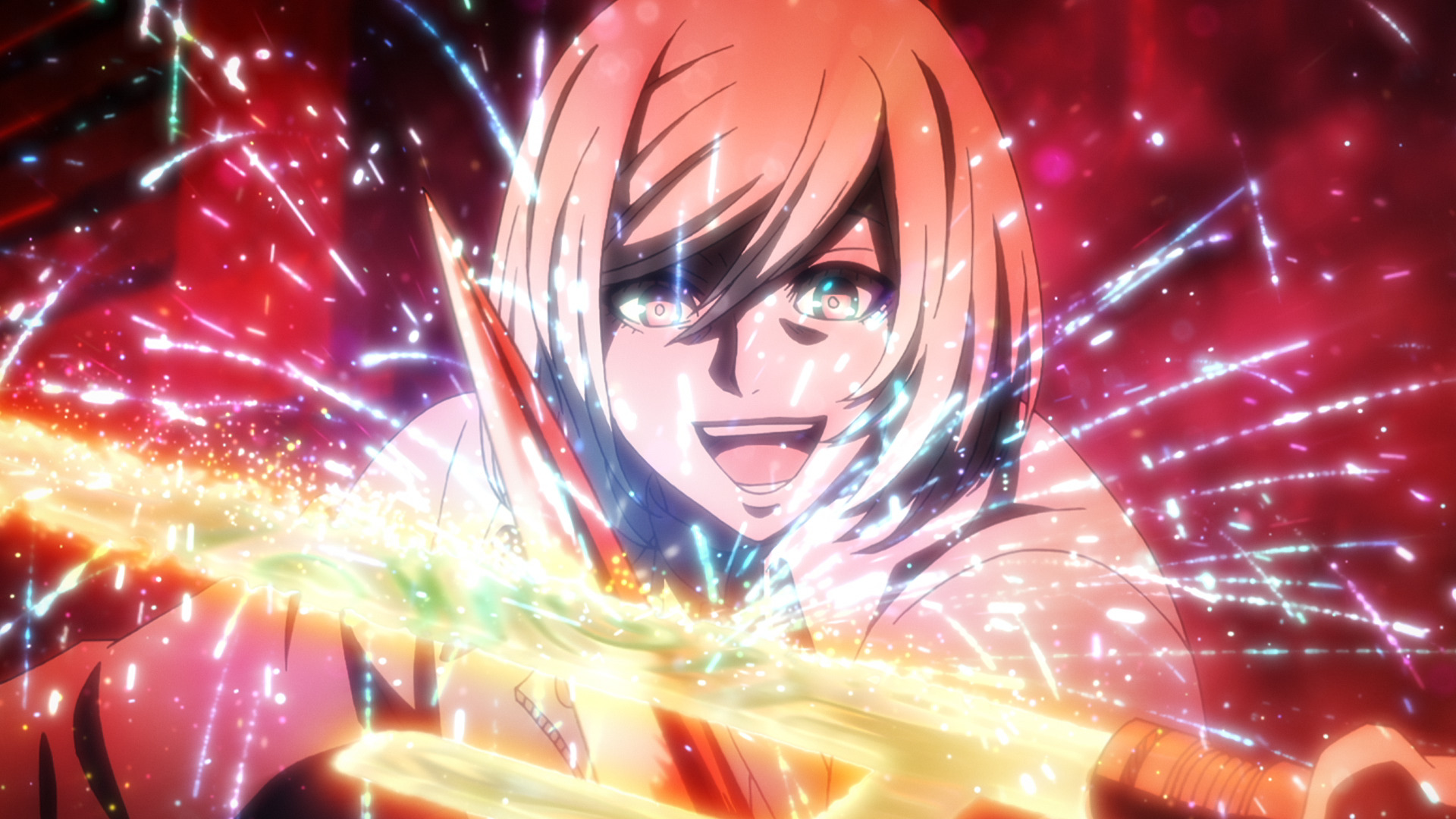
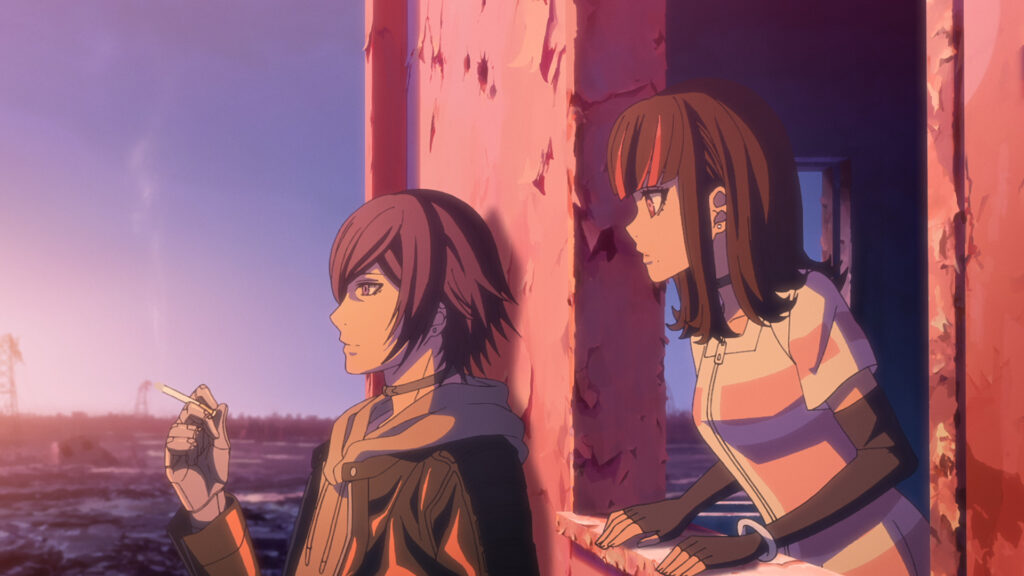
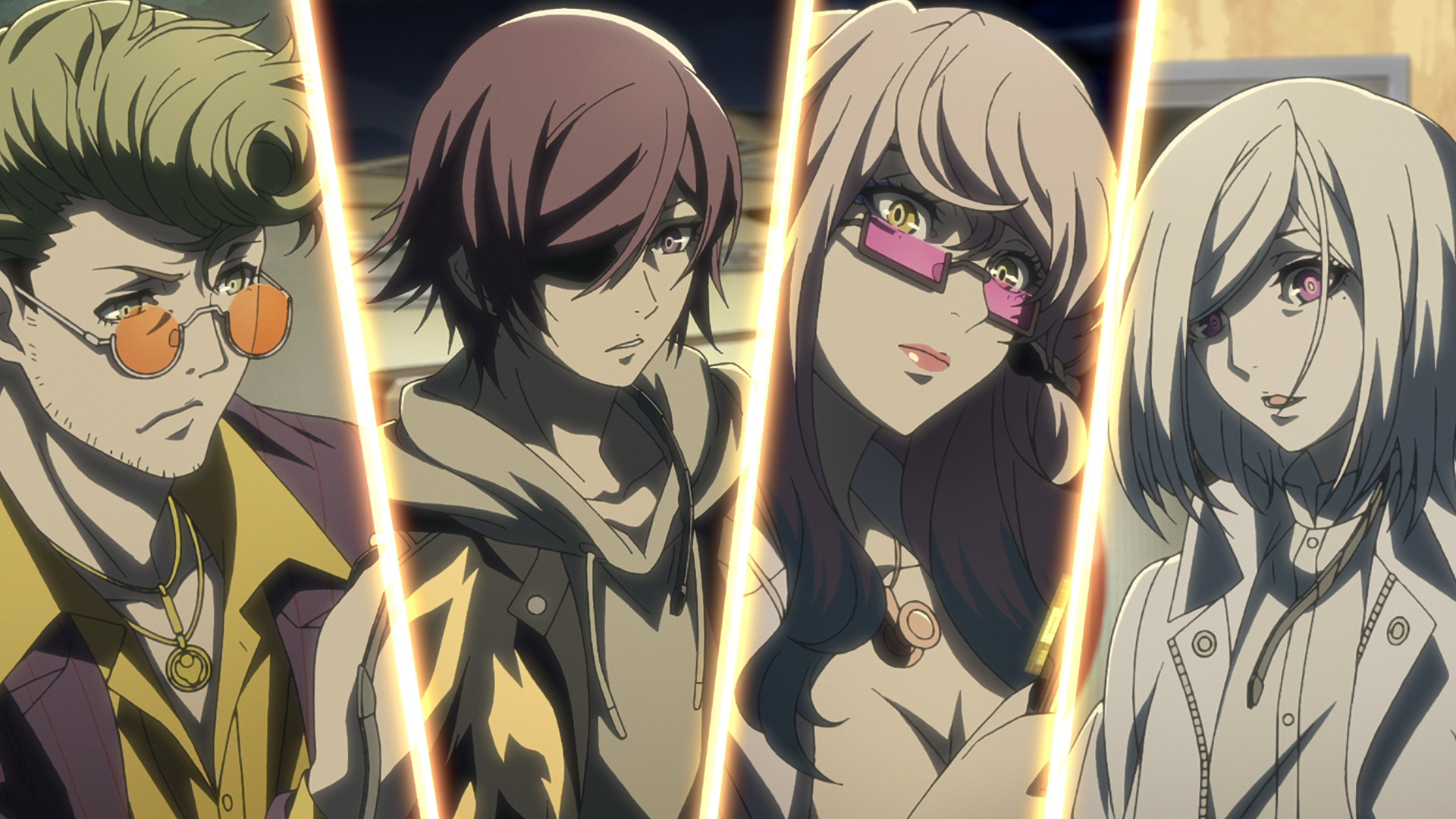
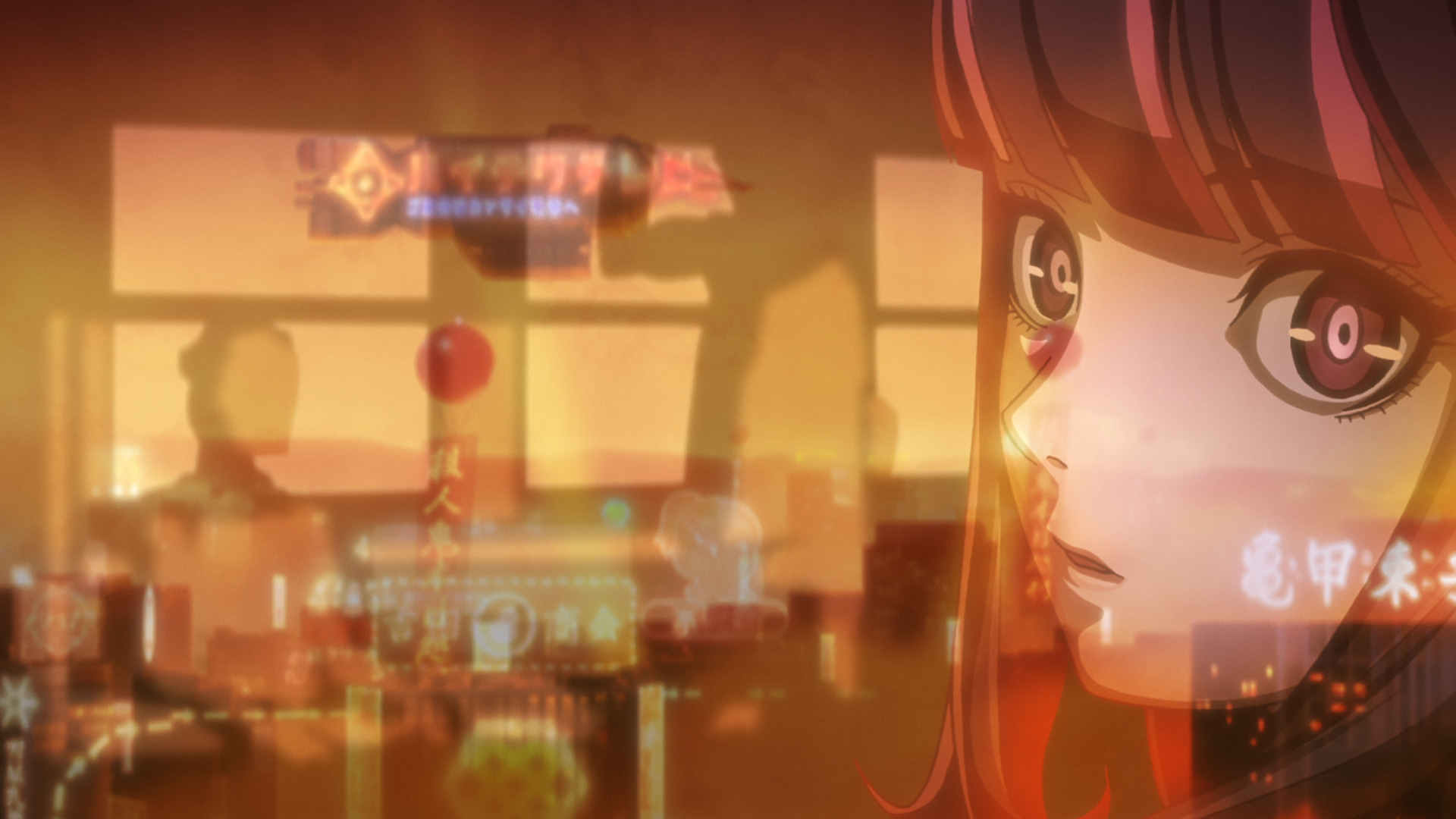
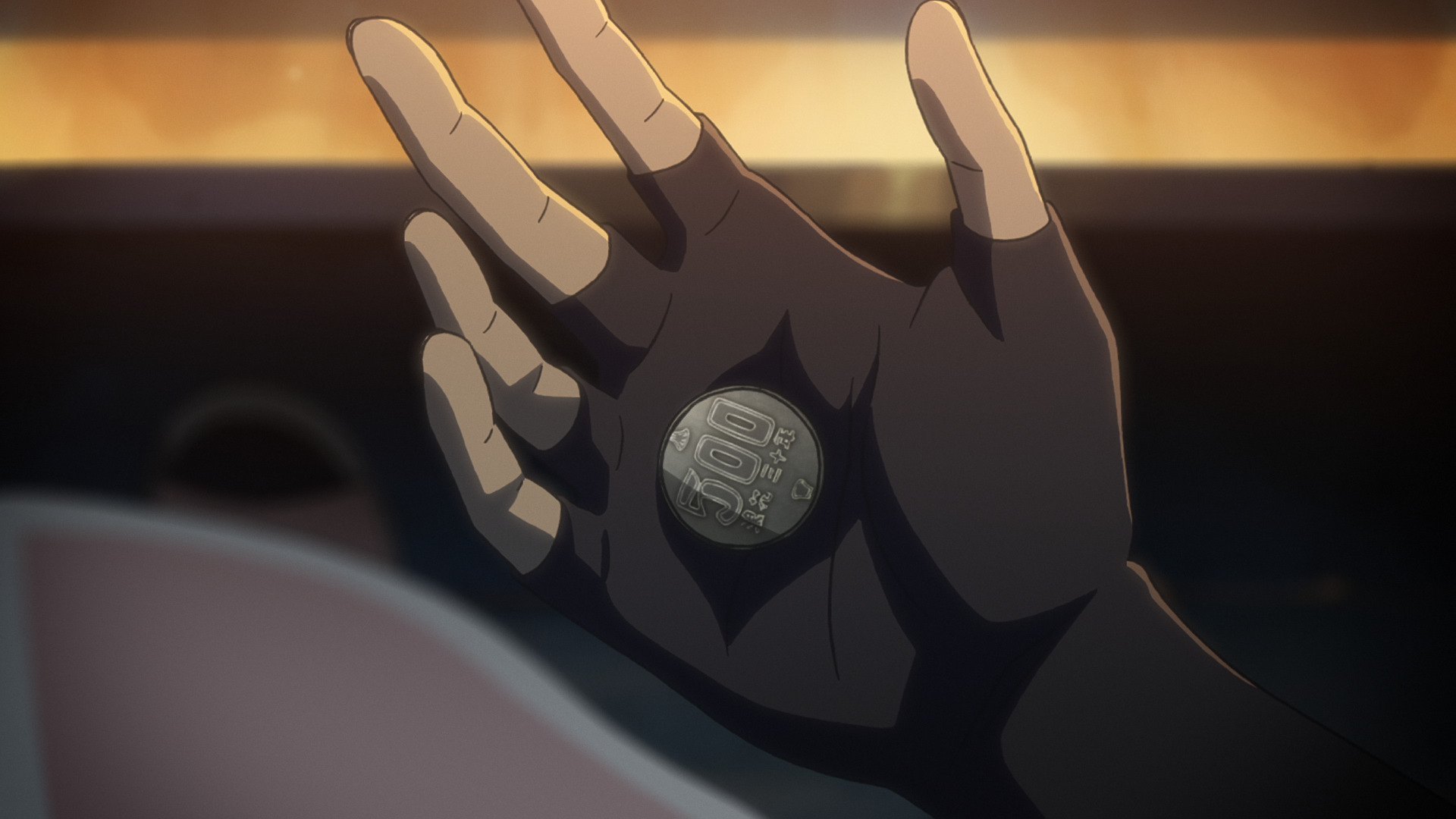
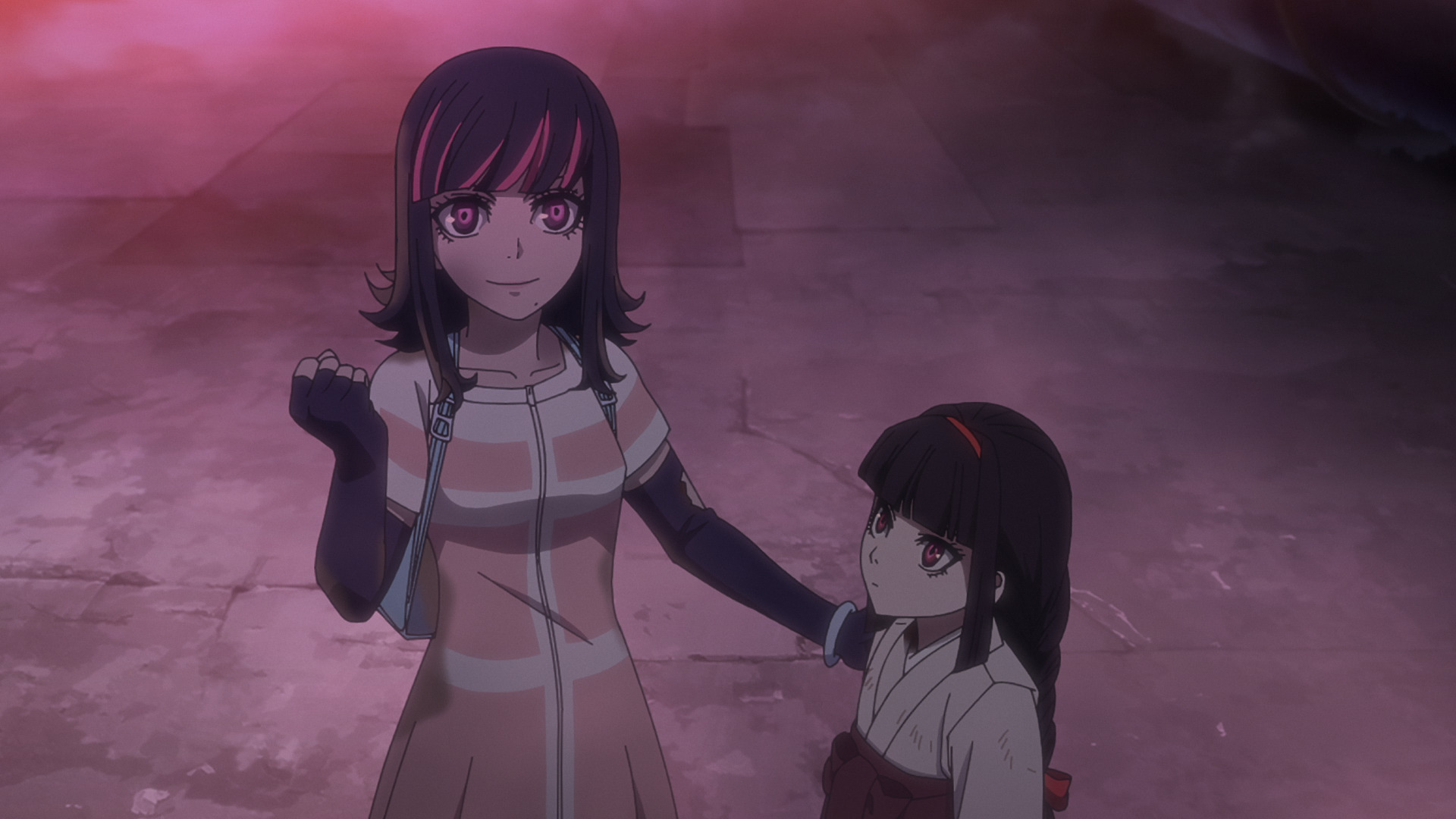
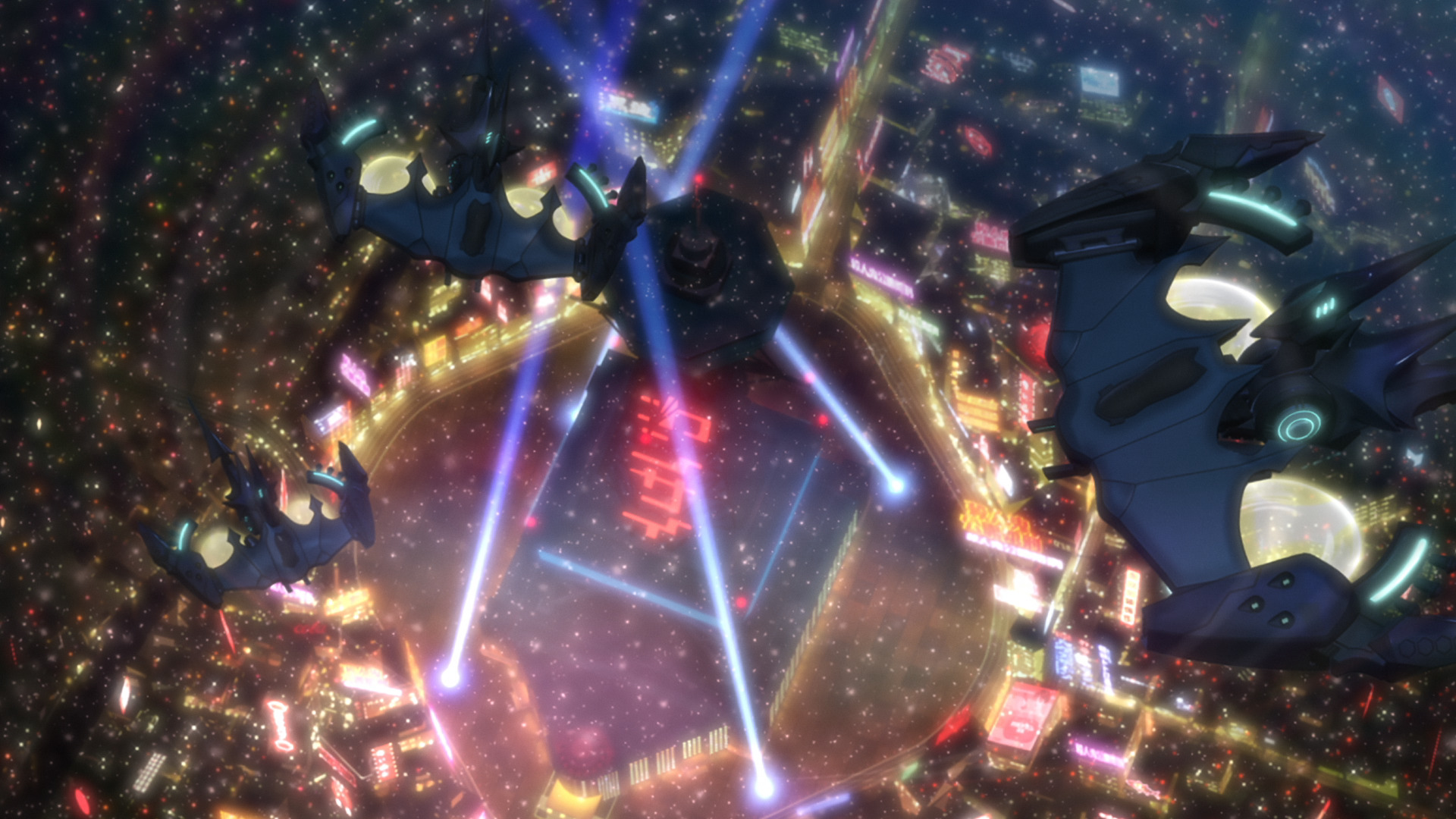
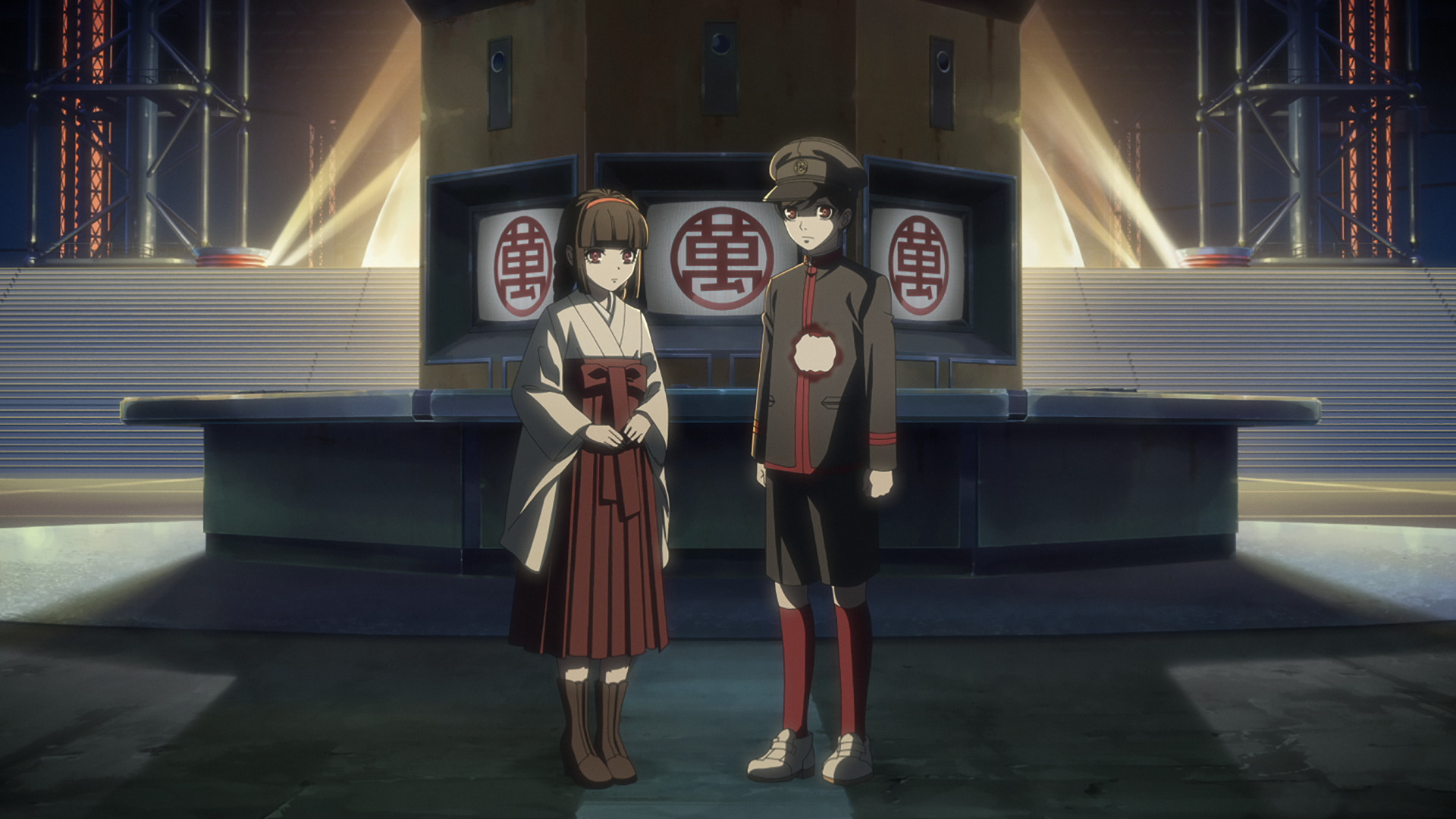
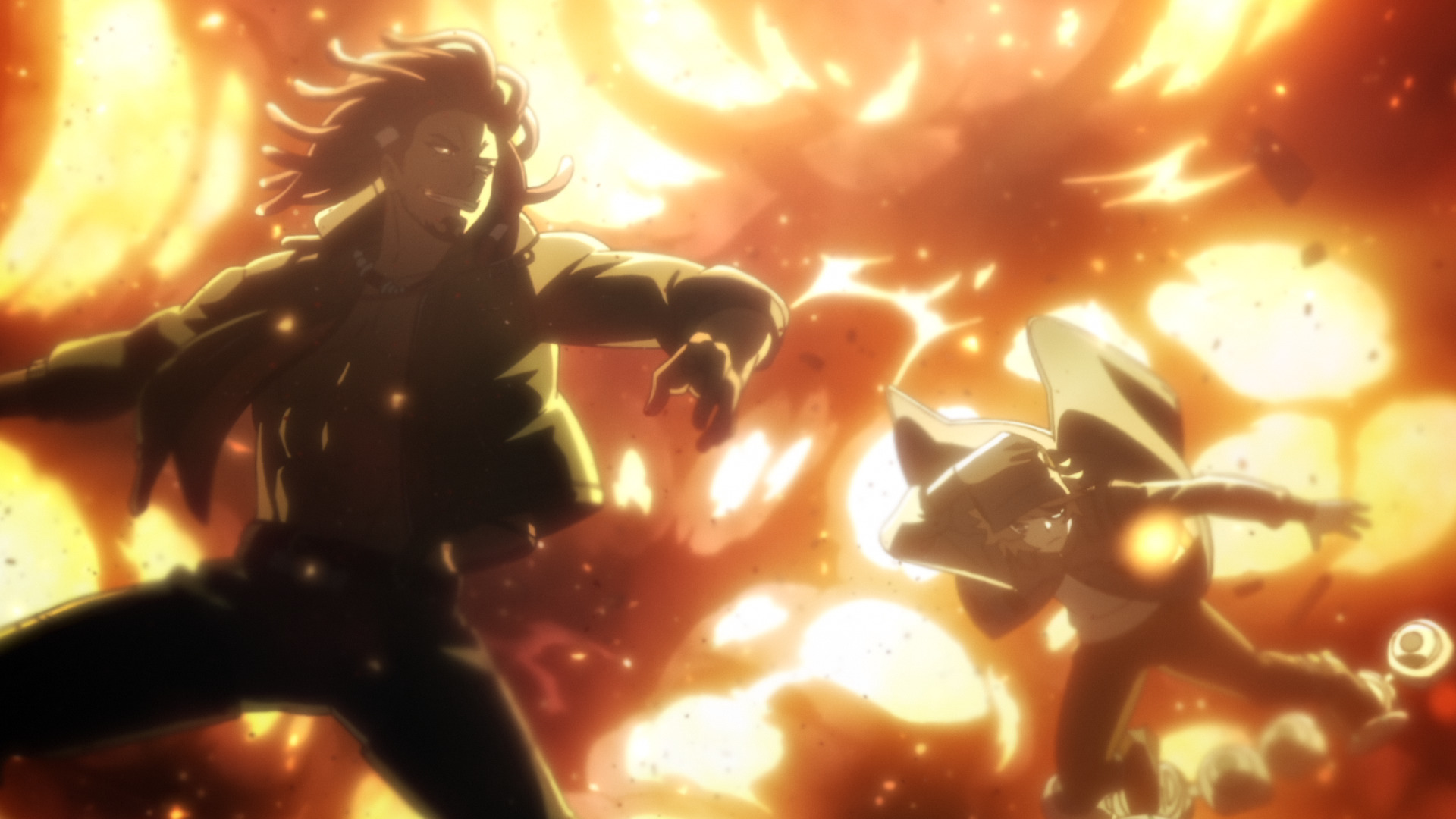
Participate In Discussions